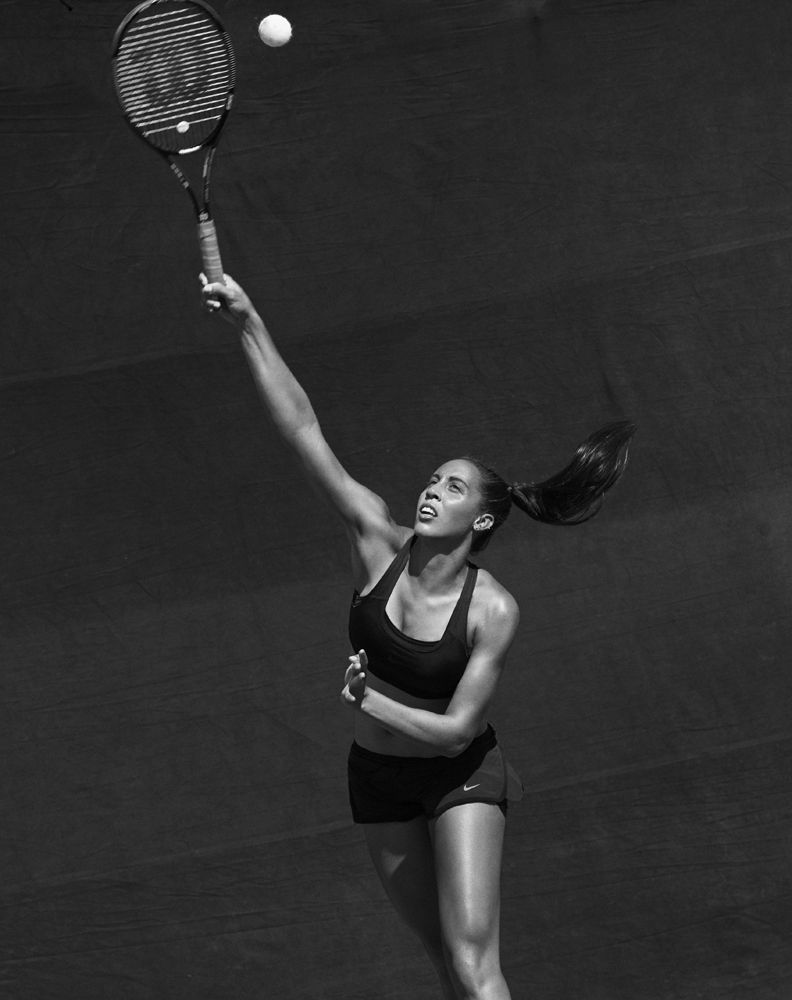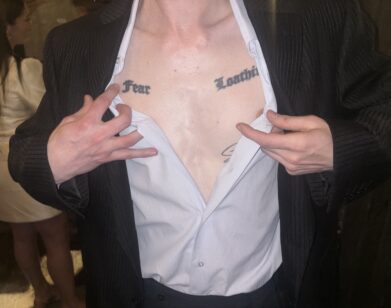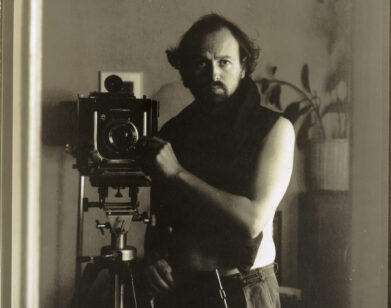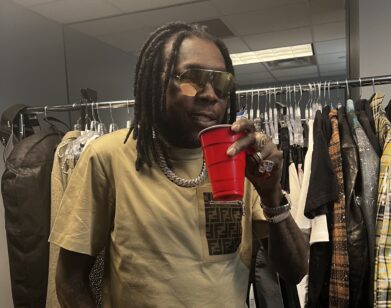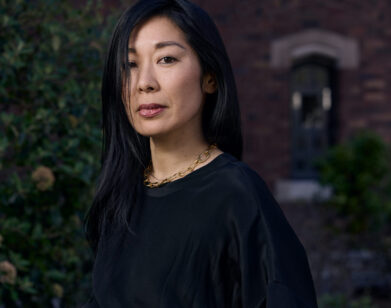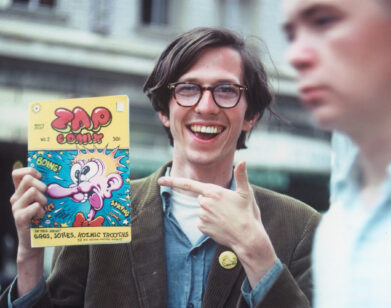Madison Keys
This past April, Madison Keys took a day off from training to visit the Coachella music festival. “I needed some time out to have fun and be around friends,” says the 20-year-old American tennis player, ranked 17 in the world as of this spring. “I saw Hozier. Then the Weeknd went on, and Kanye came out and played with him. I pretty much sat on the lawn, being mellow. But of course the next day I was back on the courts.” Coachella wasn’t simply an opportunity for Keys to take a break from preparing for her rigorous year ahead—one that includes clay, grass, and hard courts and three remaining grand-slam titles up for grabs. It was also one of the few moments this year that she’s been on the sidelines instead of center stage.
Keys grew up in suburban Illinois, the eldest of three daughters of athletically inclined attorneys. The myth behind her conversion-to-tennis story is that she was rushed into lessons, at age 4, after admiring Venus Williams’s outfit on television. “It really was because of Venus’s dress,” Keys admits. “I wanted the outfit, but the only way my parents would let me have it is if I actually played the sport.” Keys did, along with dance—ballet, pointe, jazz—until age 10, when she had to choose her calling. “I loved dance, but tennis felt more natural to me. Dance did help with my rhythm and balance.”
Keys turned pro at 14 and steadily advanced up the ranks. But really it was the past year—not least of all taking former number one Lindsay Davenport as her head coach—that propelled Keys into the top tier of women’s tennis. Her strong, scalpel-like serve and tough, pelting volley shots have earned her comparisons to Serena Williams. And it was against both Williams sisters, in back-to-back matches, on the main stage of Melbourne at the Australian Open this past January, that all of the promises and hopes for continued American dominance finally seemed within reach. Keys beat Venus 6-4 in the third set of the quarterfinals and gave Serena a run for her money in the semis. Keys has since gone on to make it to a finals on her least assured surface, clay.
It is true that ever since Venus and Serena reached their mid-twenties nearly a decade ago, tennis fans have been desperately surveying the up-coming field of players for the Next Great American Player. Many impressive young women have briefly held this title, and there are two or three in the running right now. Keys, however, has a special, solid, offense-based style, full of athleticism and nerve, that separates her as the potential real deal, with the right attitude and weapons to back it up. But she isn’t interested in the question of whether she will be carrying on the American torch. “I try to live in the moment and not overthink things because then you start putting yourself in situations that you don’t want to be in pressure-wise,” she says. “For me, it’s very much about remembering to enjoy the game and, on the days I don’t want to get out of bed, the reasons why I started playing—like being in the semis of Australia. Those are the days that help me get there.”
One similarity Keys does share with her decorated elders is a commitment to women’s tennis (a cause both Serena and Venus have long championed). “A lot of people just assume men’s tennis is better,” Keys says. “I think it’s moving in the right direction, but it’s definitely not as equal as it could be. There are a lot of people who still don’t believe in equal prize money.” Maybe by the time Keys reaches number one, equality won’t be an issue. But if that’s the case, it’s equality and not Keys that has to hurry up.

